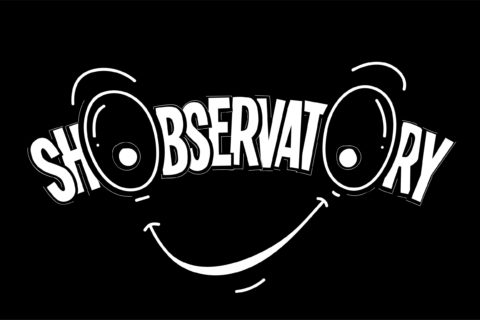The idea of agile research has been around for… well, as long as the idea of agile development has. The two concepts go hand-in-hand, and agile development doesn’t truly exist without involving the voice of the consumer.
So, why are we here?
Truthfully, we’re here because agile research, like many other concepts, has had its day in the sun, its day in the shade, and is now walking confidently towards the beach with a cooler in hand (don’t believe me? There are six articles on Research World with the word “agile” in the title at the time of this writing–the oldest having been written in 2015). Agile research, as a concept, is heading back into the limelight, and this time, we’d like to make sure it stays.
When agile research first made its way into the minds of market research managers everywhere, it was thought to be the solution to end all of our research timing woes. It was seen, almost exclusively, as some kind of new-age methodology that would miraculously make insights quicker to find, and decisions faster to act on.
In truth, agile research is pretty old-school in terms of when developers started employing it, and the focus is hardly on “quicker” or “faster,” but is instead placed squarely on “better.” Agile processes are designed to produce more successful products because consumer feedback is integrated throughout, instead of at the conclusion, launch, or other key milestone, of a product or brand.
Pro Tip: The key word in that paragraph, and in any conversation that tries to connect the concept of agile with that of research, is integration.
You see–agile research isn’t about being the fastest, the cheapest, or the most robust.* It isn’t designed to answer all questions for all people.
What agile is about, is the idea of being focused, adaptive, and inclusive. At the heart of agility is the idea that you collect consumer feedback alongside product development, marketing, or launch strategies, and you adjust the course accordingly.
Here are some tips to try and ensure that your research is as agile as possible:
- Prioritize, prioritize, prioritize: for each round of agile research, select only the most important decision that needs to be made, and focus on that. Subsequent questions can be the focal points of additional rounds of research, should they be required (remember: sometimes answering one key question eliminates the need to ask several others)
- Involve business people and product/brand managers directly in the research as much as possible. Consider having them in the room or conducting an interview themselves, where you can
- Talk to the right people, not the most people. Chances are, you can get a lot of behavioral data from a source already available to you. But for context, alignment, and overall improving chances of successful products and services, get your sample makeup right, even if that means reduced numbers.
For all of this information and more, check out a recent webinar that I hosted along with ESOMAR, MRII and CRIC on this very topic, and stay tuned for a live ESOMAR Circle discussion to delve further into some of the agile research solutions that are available to you.
During the webinar we discussed the 12 principles of agile research which is a Great way to kick start your own agile research thinking!
Access the webinar here


